Open London is like the World Cup - long waiting, short and intense event, long discussion turning into waiting. Photos from Open London-2011 are still bubbling in my reader: fellow nosy folks are still publishing their catch. Shall I join.
One of the top "easy and rewarding" walks on Open London is The Foreign and Commonwealth Office and India Office. Centrally located, huge and very well organised, it was able to meet 20,000 visitors this year (oh, by the way, the BT tower from the previous post faced 30,000 ballot applications - we were dead lucky!). By well organised I mean no significant queues, plenty of information stands, and even some informational treasure hunt!
Here is the Durbar court with stands telling about the scope and objectives of the FCO, including stories about hard life of diplomats. Can you imagine, consulate staff had to assemble their own furniture in Yekaterinburg!
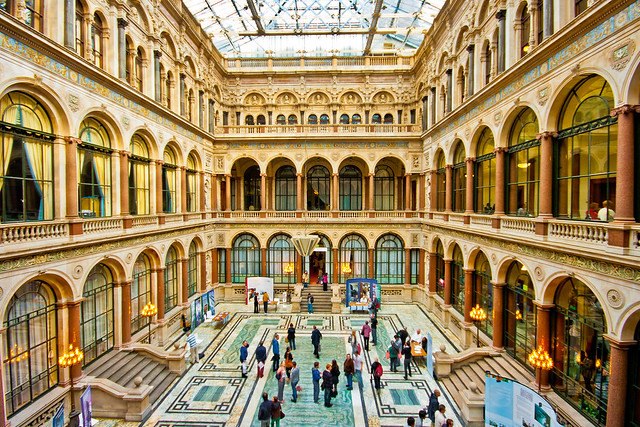
The most surprising thing for me about the building was the plans to demolish it in 1960s. The derelict beast was too expensive in maintenance and took too much space - exactly like Alexandra Palace in the north. The protesting public saved the building, and even found funds to restore interiors in all their glory.
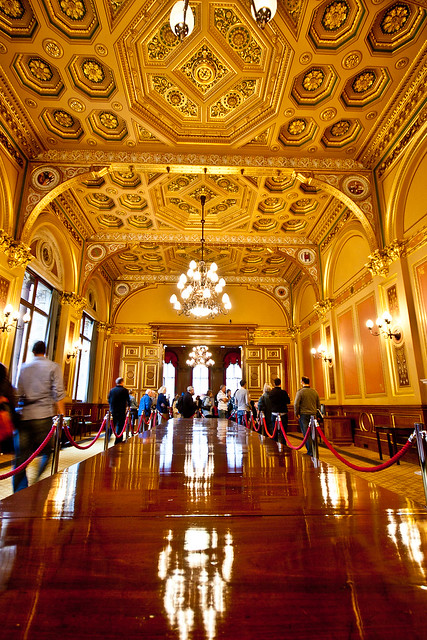
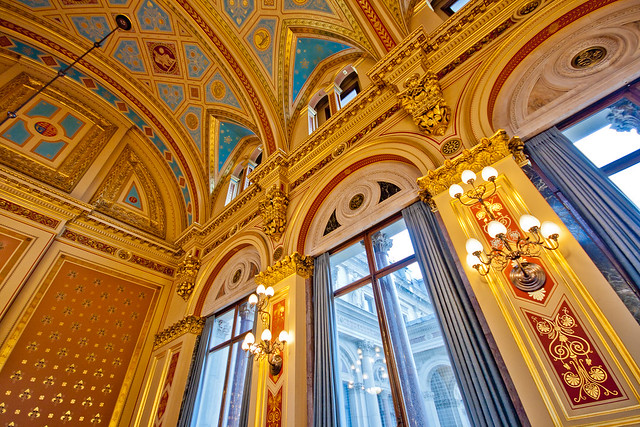
Is it a natural architects' trick for churches and palaces - to overload ceilings with decorations to keep visitors constantly look up and through that feel belittled?
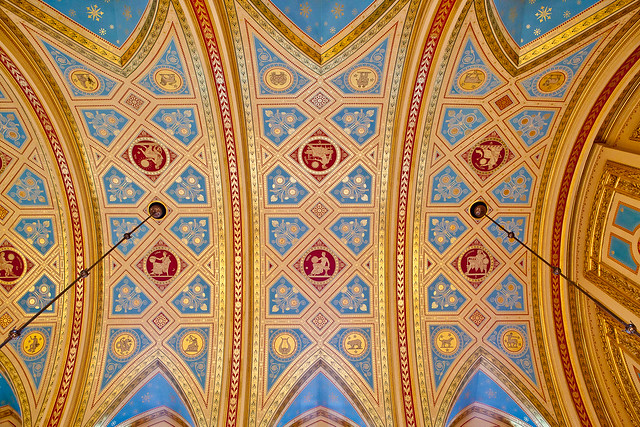
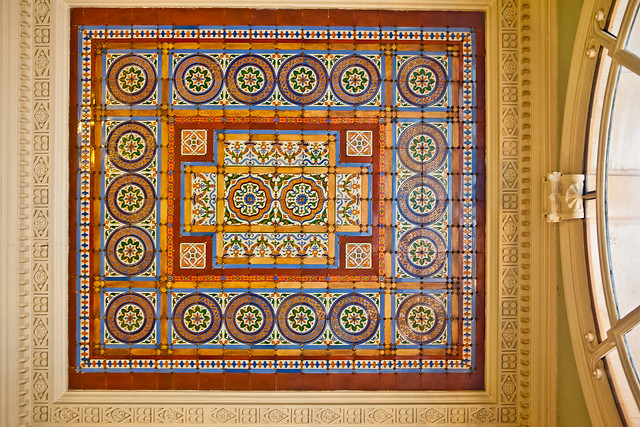
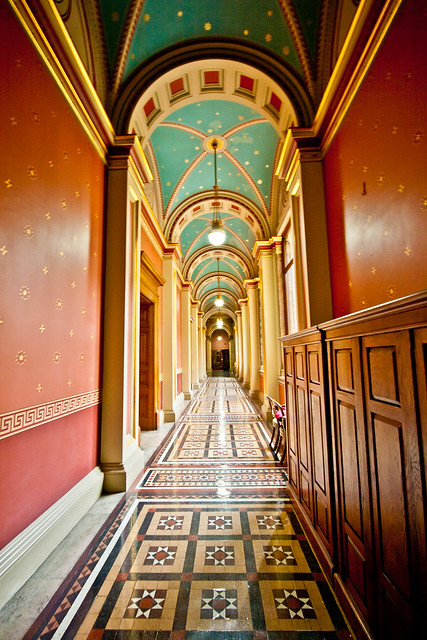
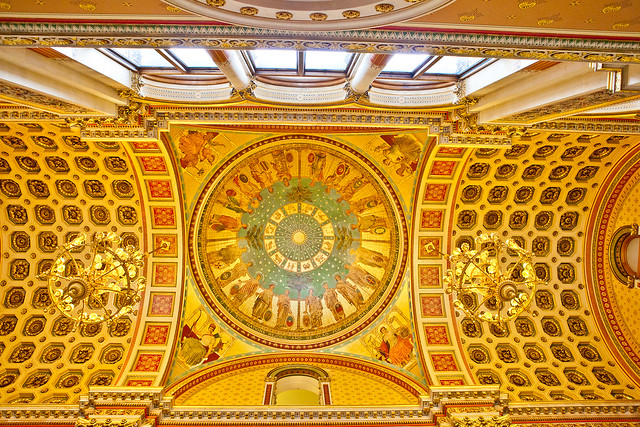
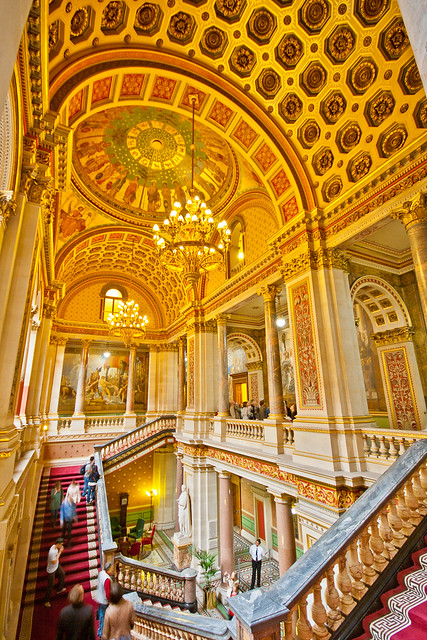
The chamber I liked the most, ambassadors waiting room. The time stopped there.
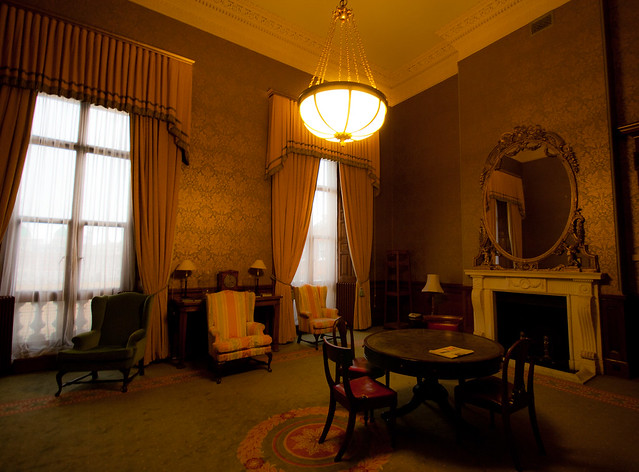
One of the top "easy and rewarding" walks on Open London is The Foreign and Commonwealth Office and India Office. Centrally located, huge and very well organised, it was able to meet 20,000 visitors this year (oh, by the way, the BT tower from the previous post faced 30,000 ballot applications - we were dead lucky!). By well organised I mean no significant queues, plenty of information stands, and even some informational treasure hunt!
Here is the Durbar court with stands telling about the scope and objectives of the FCO, including stories about hard life of diplomats. Can you imagine, consulate staff had to assemble their own furniture in Yekaterinburg!

The most surprising thing for me about the building was the plans to demolish it in 1960s. The derelict beast was too expensive in maintenance and took too much space - exactly like Alexandra Palace in the north. The protesting public saved the building, and even found funds to restore interiors in all their glory.


Is it a natural architects' trick for churches and palaces - to overload ceilings with decorations to keep visitors constantly look up and through that feel belittled?





The chamber I liked the most, ambassadors waiting room. The time stopped there.

No comments:
Post a Comment